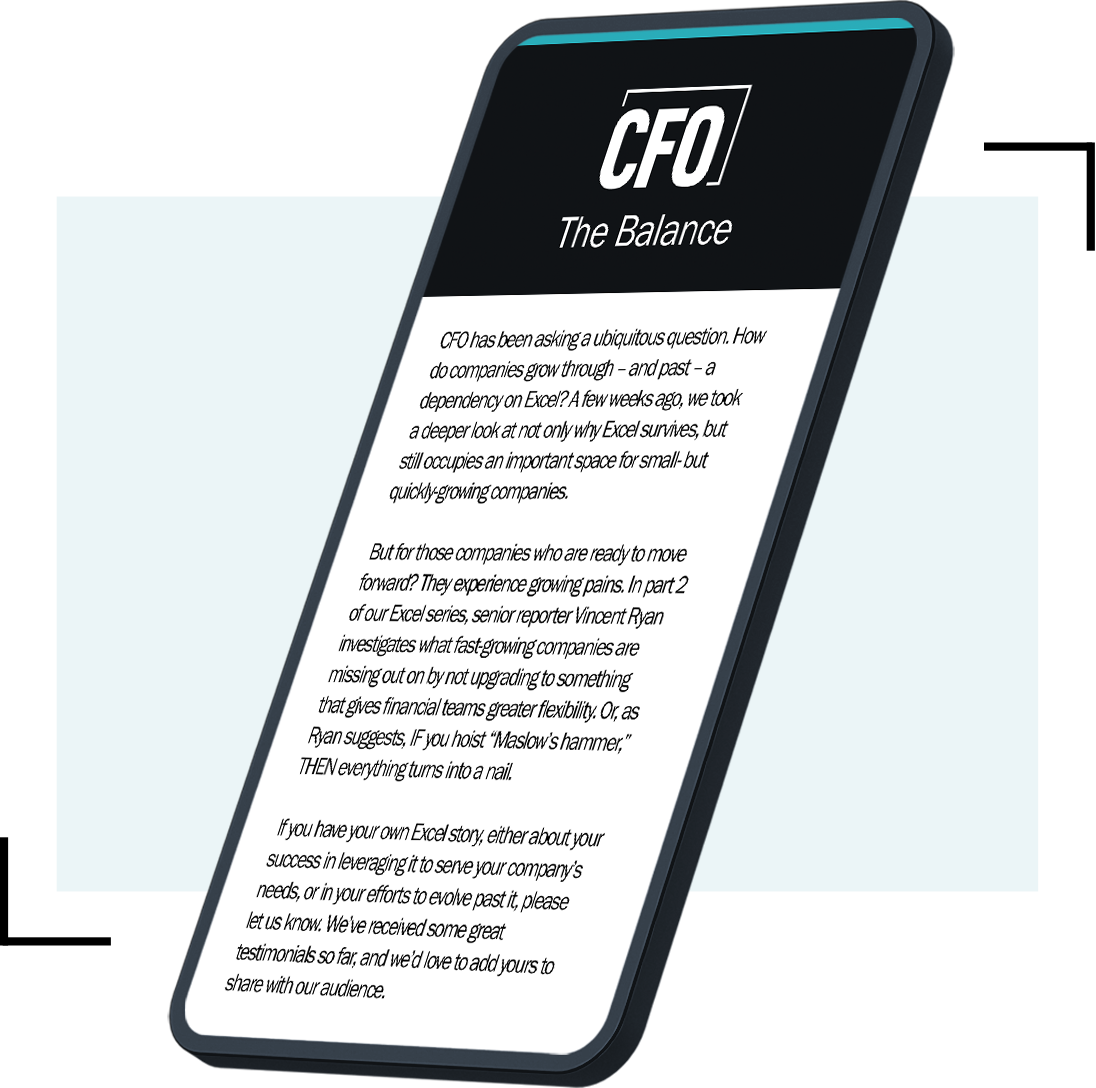As we begin the new year, I’m struck by the unpredictability that continues to come through in my weekly conversations with finance leaders. Specifically, many of them are expressing urgency to develop their teams’ skills in ways that maximize their ability to be agile and adapt.
Given the great resignation, and more recently, massive layoffs, CFOs have realized, now more than ever, that their success lies in the promise and potential of their current workforce. They need more (and newer) skills but have fewer employees to provide them.
Gaining these new technological skills requires upskilling and reskilling, but upskilling an internal department is tricky. It must be done thoughtfully and deliberately. Here’s my personal playbook to help you navigate this demanding but ultimately fulfilling challenge.
1. Identify Any Skill Gaps and Create a Plan
In an effort to optimize costs, senior leaders often make the mistake of trying to get everyone trained on everything, instead of devising a clear strategy for what technological skills the company needs or why.
Your first step is to do a skills audit. Determine which skill gaps your workforce has, and then, figure out which should be bridged through training, and which need to be addressed through hiring (internally or externally).
For skill gaps that can be closed through training, focus on creating a curriculum specific to each role within the department. For example, training your finance team in how to use self-service predictive analytics may provide a better return on investment in FP&A versus accounting. Although in general, there is a benefit to upskilling the entire team, the accounting team will find their time better spent on using analytics automation for the ledger reconciliation process.
2. Consider Different Learning Strategies
The CFOs most successful at closing competency gaps don’t rely on traditional classroom training alone. They use several tactics to improve their employees’ learning outcomes. Here are three helpful learning techniques.
- Intentional learning. Employees tend to lose interest quickly if training has little relevance to their current role or career progression. The most successful upskilling will come from marrying the skills employees want to learn with the skills they need to learn. Communicate how learning outcomes benefit your employees’ day-to-day work and their overall careers. For example, some employees may be used to doing things a particular way for years, say spending hours in a spreadsheet performing manual analytics work. Modern software can automate every step of the data analytics process, eliminating hours of tedious, repetitious work. If you can clearly show employees how this automation helps them, it will incentivize them to grow.
- Reciprocal peer learning. Give employees guidance on giving and receiving feedback, as people learn faster when they have help from their peers. Accelerate learning outcomes by encouraging employees to seek feedback and maximize peer-learning opportunities by encouraging "datathons" and “show and tells.” Embrace and establish a center of excellence where you can develop and deploy best practices across the enterprise.
- Reflective learning. Employees often have limited time between projects to reflect on lessons learned, which can lower knowledge retention or comprehension, especially if lessons are modular or built upon each other. Make sure project retrospectives are baked into the learning process to help employees better understand what they’ve learned and why it matters.
3. Adopt an Agile Approach
Technical skills today have a half-life of two to three years — meaning skills are half as valuable after three years since software gets updated and best practices change. Many finance leaders think the best way to close the skills gap is to predict future skills and provide enough runway to help employees develop them. But if a skill loses 50% of its value in three years, that training will lose much of its value too.
Instead, prioritize the skills that have the biggest impact on your work today. Then, schedule time throughout the year to evaluate new skills and see if you should change your curriculum. It would be prudent to identify a finance team member who has an aptitude for innovation and learning. Delegate the coordination of skills identification and skills evaluation activities to them and meet regularly, preferably during the off-season, i.e., not quarter end or tax season.
4. Create a Culture of Innovation and Experimentation
Provide a low-risk environment to cultivate technological skills and encourage experimentation. This is especially helpful for things like data analytics. An accountant who builds an automated solution to download a monthly report of general ledger comment fields doesn’t pose much risk compared to a finance analyst using machine learning to hedge FX exposure.
Finance leaders can leverage a framework around business impact versus technology complexity to assess the risk of digital initiatives. In this safe environment, employees are free to work on their own or with a vendor to chart new courses, improve processes or data quality, or create other efficiency gains.
Embrace the Journey
Many of the skills needed for finance are not easy to train. However, applying the correct learning methods with an effective curriculum and clear motivations can help you launch a successful upskilling program. Once your team possesses highly relevant skills, your department’s work will be more effective, efficient, and precise. Plus, you’ll have that resilience thing going for you. Trust me — you’ll be glad you have it.
Kevin Rubin is chief financial officer of Alteryx.









